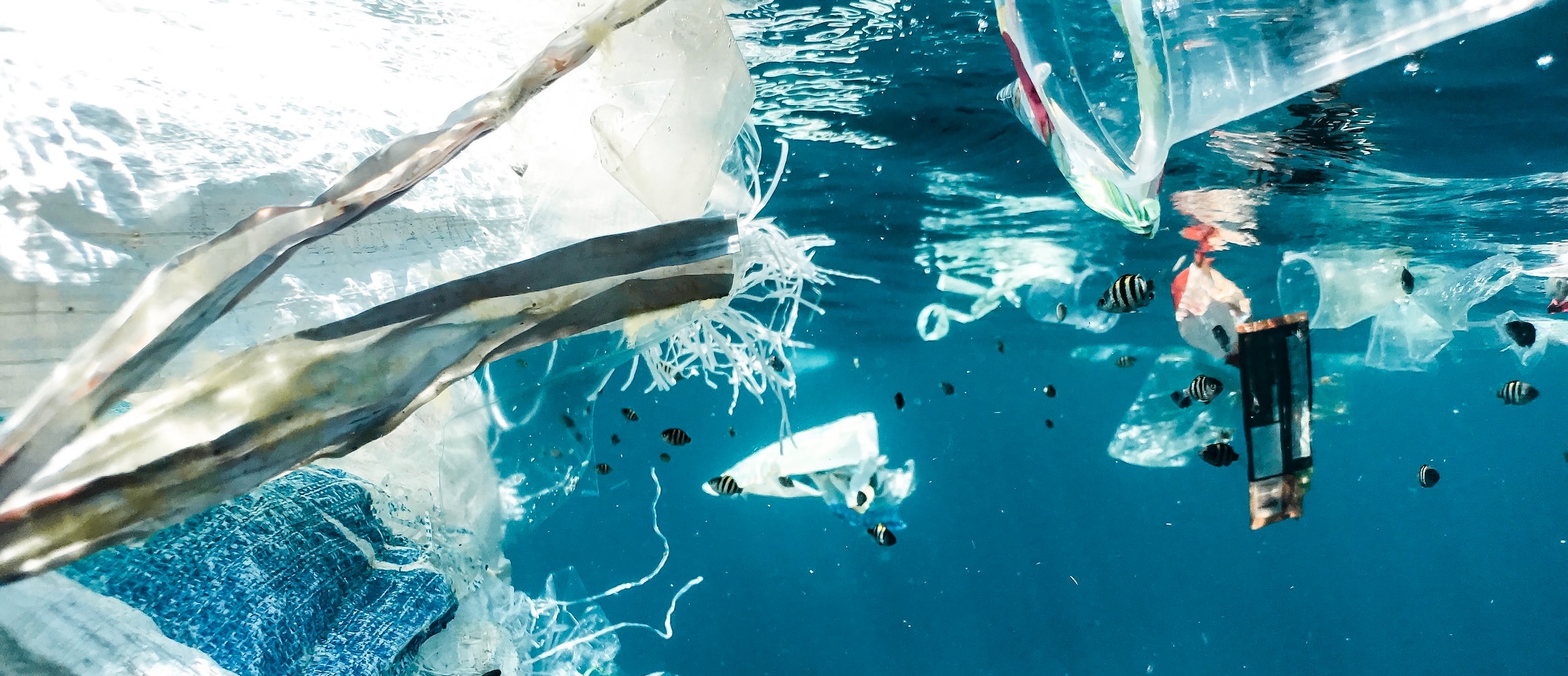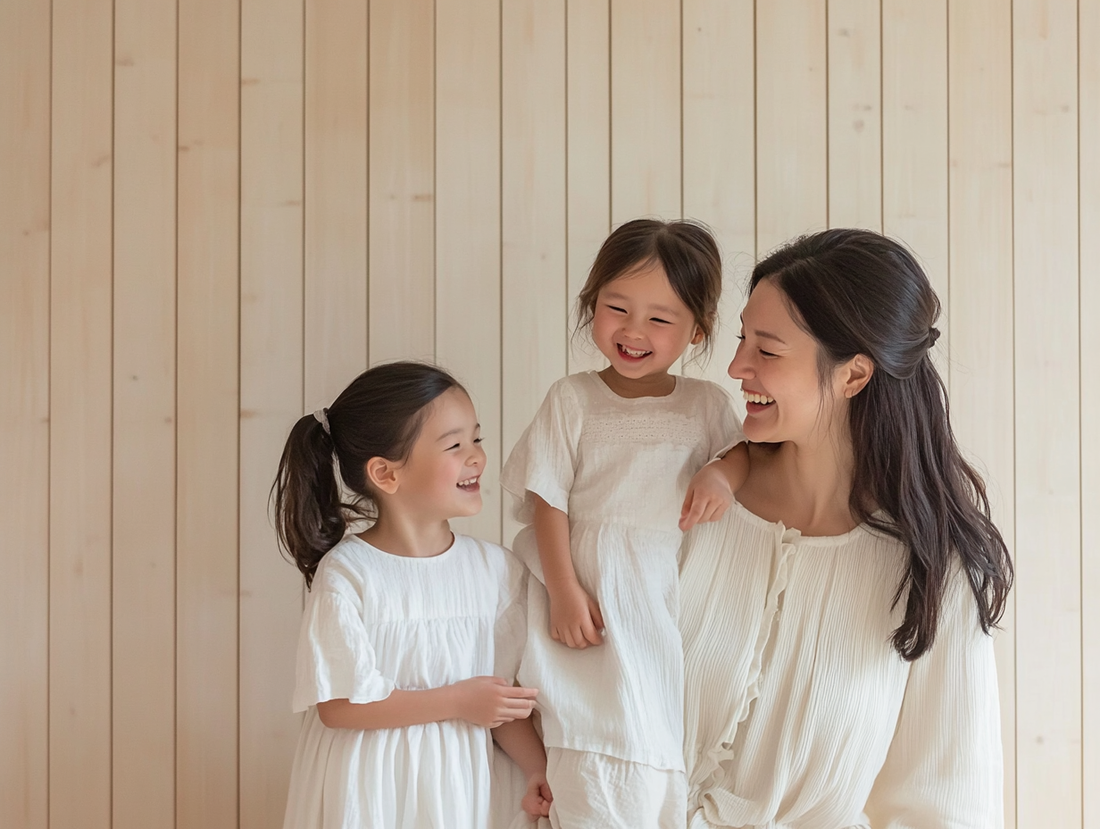Let’s face it: single-use plastics are going out of style. Compostable deodorant tubes, zero waste shampoo bars, and eco-friendly floss packaging are all becoming the new norm.
As the plastic crisis continues to mount, it’s become clear that we all need to be supporting the switch to plastic-free packaging. Glass bottles, metal tins and compostable packaging are all going to be part of our future, whether we like it or not.
At DrTung’s we’re happily committed to moving away from single-use plastic for the sake of our planet. But in all honesty, as a consumer, it can be a little tough to switch away from something so familiar and convenient. After all, plastic is used for packaging for a reason. It has tons of helpful qualities, like being waterproof, shatterproof, lightweight, and durable. But at what cost?
We understand the switch can be a little tricky so we’re sharing a little about why eliminating/reducing it is so crucial for our planet, some different types of packaging including their pros and cons, and a short guide to help us make eco-friendly packaging an ordinary part of our lives.
With a small change in mind-set and a few handy tips, in no time at all single-use plastics can be nothing but a faint memory…we won’t be surprised if you actually prefer eco-friendly packaging.
Why should I switch to eco-friendly packaging?
A: Once we toss plastic in the trash, it typically either languishes in the landfill or ends up in the ocean.
B: Plastic in the environment wreaks havoc. It can injure and even kill life on land and underwater. Wildlife can mistake it for food and end up starving to death for lack of nutrition, or they can become entangled and injured by our trash.
C: Plastic waste can take anywhere from 20 to 500 years to decompose,1 and even then, it never fully disappears; it just gets smaller and smaller, breaking down into “microplastics.” These tiny fragments of plastic end up everywhere, including our food and drinking water.
It’s said that people consume up to the equivalent of a credit card’s worth of plastic every week! Yikes!
As you can see, our entire planet is at risk if we continue down the path of single-use plastics! It’s imperative that we find other ways to package and move goods.
Fortunately, the change is already underway. Parts of the U.S. are in the process of banning single-use food containers, polystyrene, and grocery bags. Canada has banned plastic straws and plastic grocery bags. The EU has already successfully banned plastic cutlery and plates.
The whole world is starting to phase out single-use plastic, and we’re coming along for the ride.
It’s said that people consume up to the equivalent of a credit card’s worth of plastic every week!
Common examples of eco-friendly packaging
Eco-friendly packaging comes in many shapes and sizes. Here are a few examples of eco-friendly packaging that are becoming more common. Every type has their own pros and cons. Let's break down some common options for eco-friendly packaging.
Cardboard paper tubes
These are commonly used for items like deodorant, sunscreen, and lip balm. They’re home compostable, and they’ll eventually break down in a landfill.
Pros: lightweight, shatterproof, biodegradable
Cons: not waterproof, not durable to heavy pressure, wear down over time or with repeated use
Best uses: items with short life span (i.e. used within 1-2 months)
Glass bottles & jars
These are great for food, beverages, and cosmetics. They’re reusable, recyclable and do not leach chemicals into your products.
Pros: waterproof, transparent, reusable, recyclable
Cons: breakable, can be heavy
Best uses: items with a longer life span, refillable items, items that need protection from elements
Compostable/biodegradable pouches or wrappers
You’ll often see these pouches used for shipping vitamins, spices, baking staples and concentrated cleaner tabs. They break down easily in a composting system or landfill.
Pros: sealable, lightweight, shatterproof
Cons: breaks down and may fall apart quickly
Best uses: for transporting refillable items, single use items
Paperboard packaging
Paperboard packaging is a great replacement for dispensers that are typically made of plastic like dental floss, and boxes/containers for transporting solid products like shampoo and conditioner bars. It can either be composted in your own backyard composter or recycled.
Pros: lightweight, easy to use, often certified FSC
Cons: not waterproof, crushable, wears down over time
Best uses: items with shorter life span (i.e. used within 1-2 months), bars that will be transferred to another vessel or used without the packaging.
Easy ways to use plastic-free packaging
Glass
Glass is one of the most protective packaging materials – keeping your items well sealed from moisture and other contaminants. Glass is endlessly recyclable, easy to clean and can be re-used over and over again. While it’s quite durable, it is still breakable so it’s best to practice a bit of care when traveling with it — keeping it in a bag that won’t get thrown around too much (i.e. your carry-on bag) helps keep it safe and protected. When used at home there’s less chance of breakage and not only does it keep food and cosmetics protected, it’s healthier for you with no chemicals leaching into your products. Bonus…it adds a charming aesthetic to your cupboards or countertops.
Compostable pouches/wrappers
Compostable pouches and wrappers seem to be the most vulnerable to wear and tear. However, the products you receive in compostable wrappers/packaging usually aren’t meant to live there forever. Simply transfer your product to a stainless steel tin with a lid, a glass jar or if using regularly like a soap/shampoo bar you can just transfer it onto your soap dish.
Paperboard
Products in paperboard that are meant to be dispensed from the container can be stored in a drawer or cupboard to protect them from moisture. Drying your hands before picking up the package can also extend the life of the paperboard. For an extremely humid environment, you can always pop them in a large glass jar with a lid on your bathroom counter to keep the moisture away.
The dispensers are more crushable than their plastic counterparts but that doesn’t mean you can’t take them out and about. When shopping, treat the package like a loaf of bread and don’t put it on the bottom of the grocery bag. Instead of dropping the floss dispenser to the bottom of your purse, perhaps keep it in a side pocket or even in the console of your car (of course, flossing is best done when parked and never while driving…LOL).
Remember, these packages only need to last for 1-2 months so using just a little caution during the cycle will keep everything intact until it’s time to properly dispose of them.
The Takeaway
The switch from single-use plastic packaging is well underway. It may take a little time to get used to a different type of packaging, but it will soon become second nature and you’ll actually enjoy using it…especially knowing you are protecting yourself and helping mother nature. Because no one wants to be eating a credit card’s worth of plastic every week…ewww!!!
We’re doing our part here at DrTung’s to divert single-use plastic waste. Switching our product packaging to paperboard and glass is a baby step with huge environmental implications and well worth the effort to help keep us and our wildlife safe and our waterways clean.
Looking to make the switch to plastic-free oral care packaging? Our eco-friendly Smart Floss and Activated Charcoal VEGAN Floss come in ingenious paperboard dispensers that are easy to use. Our Perio Sticks are also available in paperboard packaging. And we just switched the packaging on our Stainless Steel Tongue Cleaners to paperboard (available on website in August and in stores soon after). All our paperboard is FSC-certified. Our Oil Pulling Concentrate and our Herbal Toothpowder Tabs come in glass bottles that are infinitely recyclable. Shop now!








